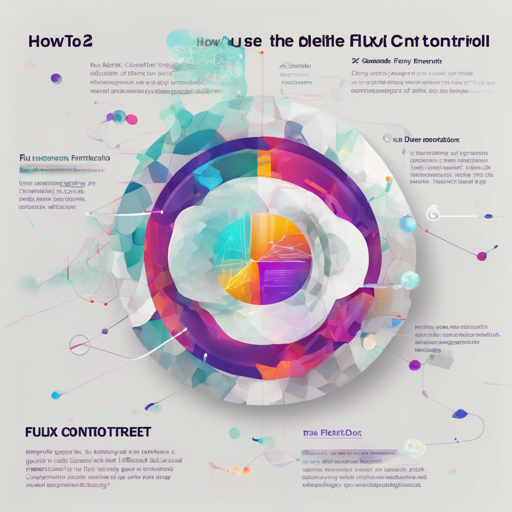In the realm of artificial intelligence, the ability to manipulate and generate images based on depth maps presents exciting opportunities. Today, we will explore the Flux.1-dev model developed by the Jasper research team, designed for image-to-image tasks with depth control. Let’s dive into how to implement this model step-by-step and troubleshoot any potential issues!
What is Flux.1-dev?
Flux.1-dev is a ControlNet specifically aimed at depth mapping. Think of it like a sophisticated artist who understands not just the colors and shapes but also the depth and dimension of an object. By using this model, you can transform images by providing both a prompt and control image, guiding the creative process through more structured depth perception.
How to Use Flux.1-dev
The following instructions will guide you through using the Flux.1-dev model with the diffusers library in Python.
Step 1: Set Up Your Environment
- Make sure you have the diffusers library installed in your Python environment.
- Ensure you have the necessary GPU support to run the model smoothly.
Step 2: Import Libraries
In your Python script, import the required libraries:
import torch
from diffusers.utils import load_image
from diffusers import FluxControlNetModel
from diffusers.pipelines import FluxControlNetPipelineStep 3: Load the Pipeline
Load the FluxControlNet model along with the pipeline:
controlnet = FluxControlNetModel.from_pretrained(
"jasperai/Flux.1-dev-Controlnet-Depth",
torch_dtype=torch.bfloat16
)
pipe = FluxControlNetPipeline.from_pretrained(
"black-forest-labs/FLUX.1-dev",
controlnet=controlnet,
torch_dtype=torch.bfloat16
)
pipe.to("cuda")Step 4: Load the Control Image
Next, load your control image, which will guide the output image generation:
control_image = load_image(
"https://huggingface.co/jasperai/Flux.1-dev-Controlnet-Depth/resolve/main/examples/depth.jpg"
)Step 5: Generate the Image
Now, you can generate the image by specifying a prompt and the control image:
prompt = "a statue of a gnome in a field of purple tulips"
image = pipe(
prompt,
control_image=control_image,
controlnet_conditioning_scale=0.6,
num_inference_steps=28,
guidance_scale=3.5,
height=control_image.size[1],
width=control_image.size[0]
).images[0]Step 6: Viewing the Output
Finally, after generating the image, display it within your application:
imageUnderstanding the Code with an Analogy
Imagine you’re a sculptor in a workshop. The control image is like a reference statue that you want to replicate with specific adjustments. The prompt you provide is akin to your artistic vision — “I want a gnome in a field of tulips.” The model acts as your chisel and hammer, allowing you to capture the essence of that statue while ensuring it’s perfect according to your vision, making adjustments based on the depth and dimensions indicated by the control image.
Troubleshooting Tips
If you encounter issues while using the Flux.1-dev model, consider the following:
- Ensure that you have the correct GPU installed and configured for the model.
- Verify that the URLs to your images are correct and accessible.
- Check if all required libraries are up to date.
- Confirm that your input sizes and parameters (like height and width) are appropriately set according to the control image.
For more insights, updates, or to collaborate on AI development projects, stay connected with fxis.ai.
License Information
This model is governed by the Flux.1-dev license, which allows for non-commercial use.
Final Thoughts
At fxis.ai, we believe that such advancements are crucial for the future of AI, as they enable more comprehensive and effective solutions. Our team is continually exploring new methodologies to push the envelope in artificial intelligence, ensuring that our clients benefit from the latest technological innovations.

